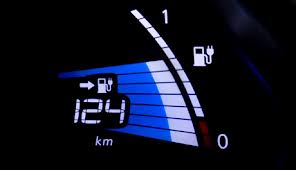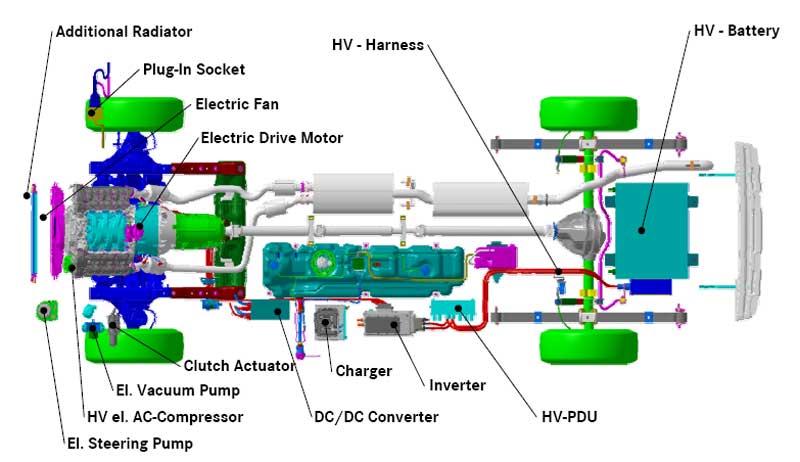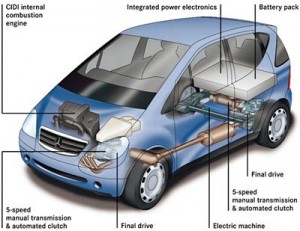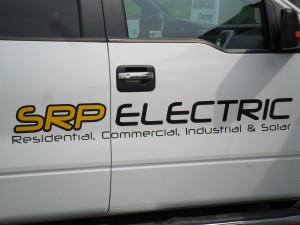 Distance is very important. But you will agree that even conventional cars have limited range too. The only difference which is an added advantage is the abundance of gas stations at specific distances to fuel up.
Distance is very important. But you will agree that even conventional cars have limited range too. The only difference which is an added advantage is the abundance of gas stations at specific distances to fuel up.
Data indicate that 80 percent of normal drivers drive less than 60 km a day, which means that charging every night (or every few nights), will get us to work and back with a few errands in between (reference). So for distances above say 100 Km to -– we need some sort of charging infrastructure.
The cruising range of an electric vehicle depends on a variety of factors, including the size of the battery, the model of the car, the road conditions, as well as the way the vehicle is driven.
Poor weather, either extreme heat or cold, can cause battery performance to decrease, resulting in less mileage. Similarly, internal climate control mechanisms such as heating and air conditioning can drain the battery significantly and reduce the distance the car is able to travel between charges.
However, these factors aside, average family-car size vehicles typically range about 100 km per charge.
Back to the question on how far do EV’s go on a charge?
The Ford Focus EV and the Nissan Leaf with bigger battery packs travel up to about 24KM on a single charge, while the Chevy Volt and the Mitsubishi i-MiEV travel lower KMs at 16KM due to smaller battery packs. The Tesla Roadster goes up to 380 kms on a charge while the Tesla Model S Motor Trend Car of the Year goes up to 480 kms. So on the Model S seven seater sedan, you can drive as far as from Toronto to Ottawa on a single charge. Plus it does 0-100 kms/hr in 3.9 seconds! Now a Chevy Volt has a total combined electric and gas range of over 550 kms so there are vehicles for almost every scenario and getting better every day.
Sun Country Highway’s Via Motors / VTrux units however use Extended Range Electric Vehicle (EREV) technology -somewhat similar to a Chevy Volt. These vehicles get 60-65 kms of range in pure electric mode before the on board gas engine and generator kick in to replenish the battery pack and give you a combined electric and gas powered range of ~650 kms. And the best part is you get up to 100 mpg or 1.5lt/100 kms fuel economy.
The important thing to think about is to purchase a vehicle that satisfies 98% of your driving needs. Many people say “but when I want to drive from Toronto to Quebec City what do I do, an EV can’t go that far”? True, a pure electric car may not be practical for very long trips, but how often does the average person take such trips, one, two or maybe three times per year? Within a year, one will be able to find Fast level II or Level III DC Quick Chargers almost everywhere!
Image source




; ?>wp-content/themes/srptheme/images/Studion.png)